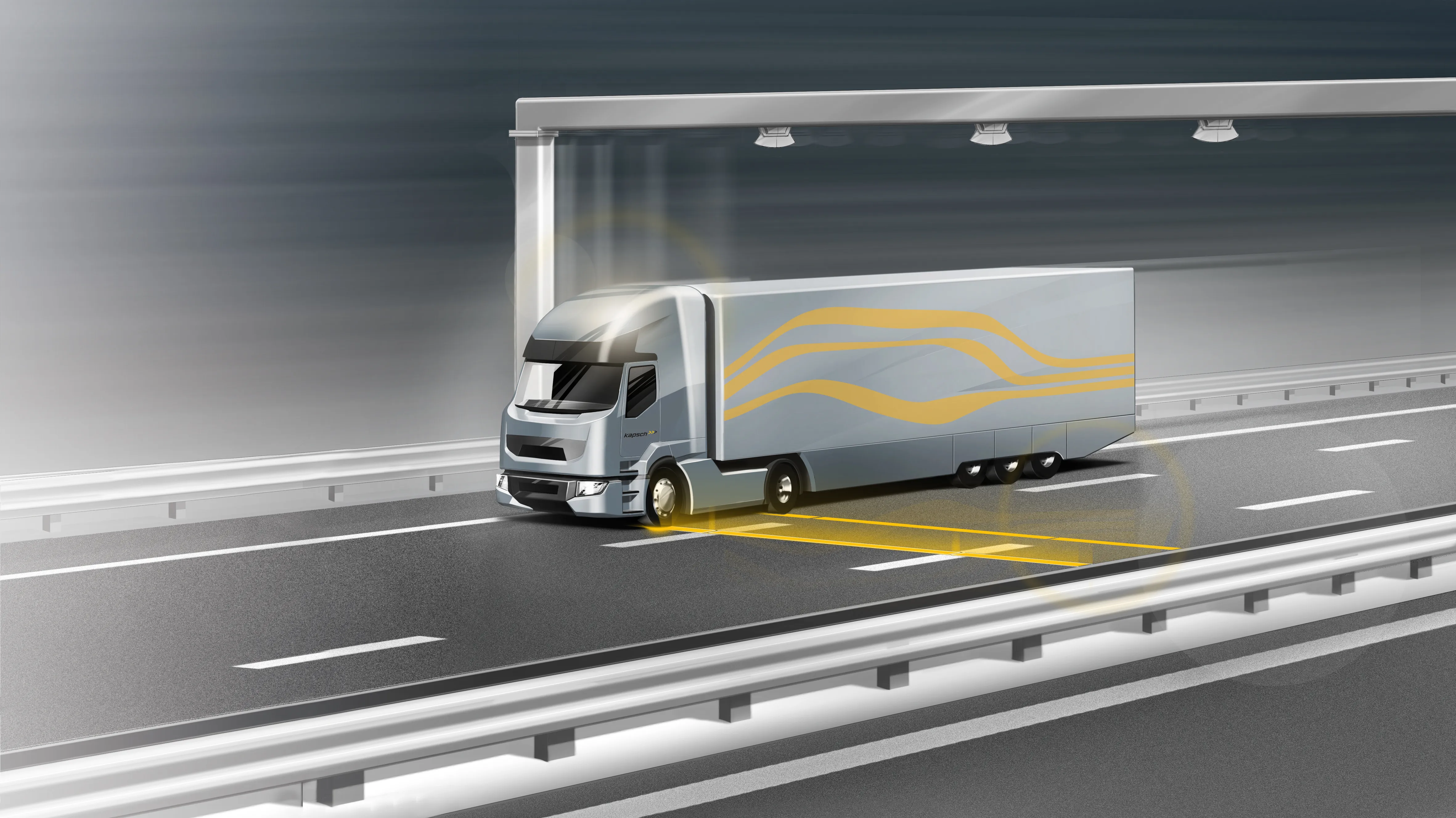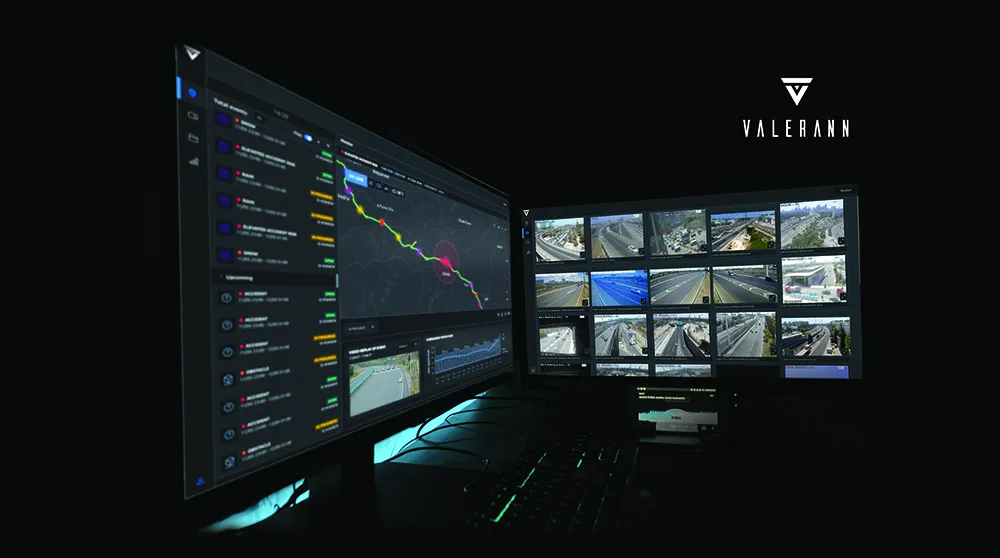New software development will help ease deliver more efficient operations to the highway sector - Adrian Greeman reports
Traffic modelling and simulation tools are being used for real-time analysis on a large scale traffic control system in Italy. A new traffic control system for the huge Piedmont region in northern Italy begins trial operations this summer after an eighteen month development and installation process. It will be the largest ever installed by German traffic engineering company PTV, via
August 22, 2013
Read time: 4 mins
New software development will help ease deliver more efficient operations to the highway sector - Adrian Greeman reports
Traffic modelling and simulation tools are being used for real-time analysis on a large scale traffic control system in Italy. A new traffic control system for the huge Piedmont region in northern Italy begins trial operations this summer after an eighteen month development and installation process. It will be the largest ever installed by German traffic engineering companyThe system is being developed for a joint venture public company 5t, which is owned by the city of Turin and the regional authority and has responsibility for the traffic.
It works using traffic modelling principles, via PTV's new Optima program, applied to real-time traffic monitoring and control. Modelling capacities of the software help analyse the large scale network. The software will also run continuous "what-if" scenarios to allow operators to more effectively choose strategies to deal with congestion hot-spots, accidents and maintenance closures.
The seeming exponential increase of computer power is opening up more and more possibilities for modelling and simulation software. Now able to run very quickly, the programs can be used immediately to examine networks and predict, in around a minute, the effects of modifying parameters like signalling, message signs and lane control.
The Optima program, similar but separate to Visum, is being used in just this way for a wide and large scale traffic network system covering the entire Piedmont region of northwest Italy. "The scheme extends traffic control from the main city of Turin into the surrounding region" explained SISTeMA CEO Lorenzo Meschini ,"…and this means it covers an enormous area."
Some 3,800km2 of the city is covered and 25,000km of the region almost to the coast and into the Alps. There will be over 2000 demand zones.
"The project integrates a huge variety of incoming data from conventional sensors like some 1400 road loops, a couple of hundred radar and infrared detectors, and a lot of floating car data. Bringing together the different data transfers and protocols with our data integrator, a kind of 'Rosetta Stone' translation, has been part of the project" he said.
The sensor data gives a system picture every 5 minutes, integrated with the floating data from various car and public transport sources. A central processing centre then distributes the output to control centres and information services such as car navigation systems or the internet. The Optima program, which uses a dynamic traffic assignment model similar to Visum, fills in the gaps in the system. This is done with a prior estimation of daily traffic patterns using within-day macroscopic Dynamic Assignment at equilibrium. Daily congestion points and effects are calculated.
But the system then uses short-term estimation of the actual traffic and travel time evolution, "technically speaking with sequential, rolling horizon, macroscopic Dynamic Network Loading models," said Meschini.
As well as allowing data completion by estimation on unmonitored links, the short- term analysis can forecast the consequences of unexpected events, spotting the impact said Meschini, spotting the impact of accidents for example and then predicting the impact on the system. The program will reproduce vehicle queue effects and spillback onto earlier junctions which might cascade congestion effects elsewhere.
Finally it is then possible to run, very quickly, alternative models of the network where different changes have been made, allowing the operation to assess the impact of changes and remedial measures they might make. Scenarios assess impact at 15, 30 and 45-minute projections.
"Many of these will be pre-configured strategies," said Meschini, “…which can be selected quite fast." The operators then examine the impacts and make the decisions about what to do.
"I suppose it is possible to consider a system eventually being able to automatically choose a scenario based on the calculated scenarios," said Meschini, "But that is a quite a long way off, yet it is possible and you very much need the operators."
The Piedmont system is not the first using Optima but is the first on a large scale and will attract attention, said Meschini. Particular interest will be to see the effectiveness of PTV's modelling methods which Meschini believes are best suited for large scale networks using reasonable computing power. An alternative is to use microsimulation and mezzo levels tools which other software suppliers, notably
Meanwhile PTV will make use of the Piedmont experience to consider how the system could extend to pedestrians, public transport and bicycles for example.









